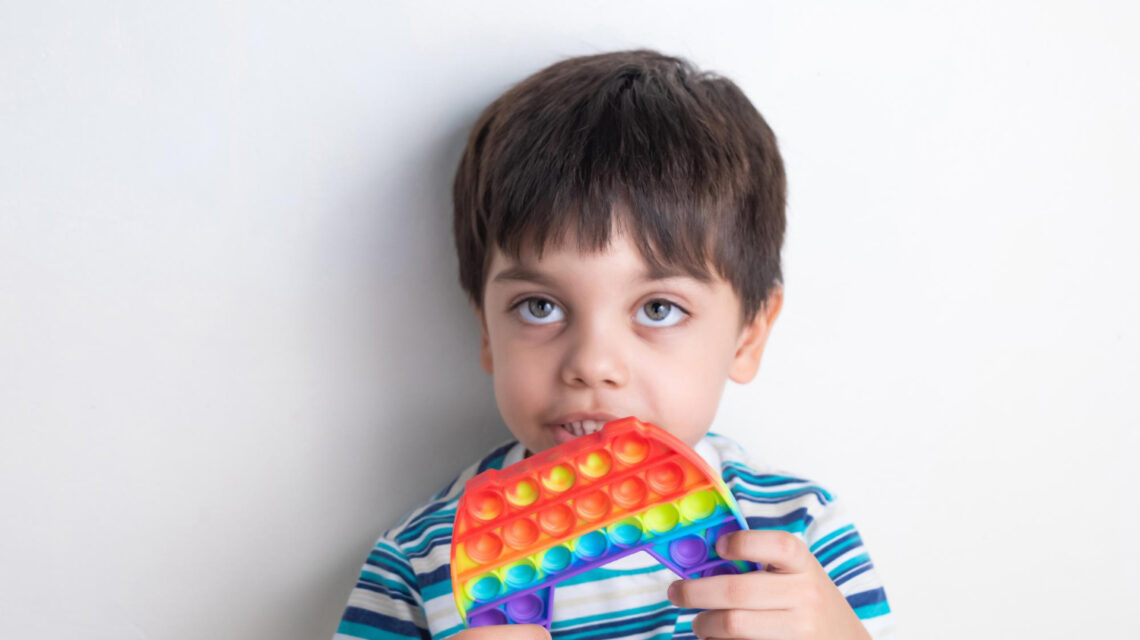Introduction
Severe autism, categorized as level 3 autism within diagnostic criteria, represents a form of autism characterized by significant support requirements. Individuals with severe autism often exhibit nonverbal communication or possess limited speech capabilities, accompanied by restricted social communication skills. This condition is associated with heightened sensory processing challenges and a profound struggle to adapt to changes in routine. Common behavioral manifestations include aggression, elopement, and self-injurious behaviors.
Individuals with severe autism confront substantial challenges that necessitate extensive support. Many are unable to achieve independent living and rely on round-the-clock care. This article delves into the characteristics and challenges associated with severe autism, offering insights into available therapies tailored for individuals requiring high levels of support. Additionally, guidance is provided on how caregivers can seek assistance in managing the unique demands associated with severe autism.

Alternative Designations for Severe Autism:
- Classic autism
- Kanner’s autism (named after the individual who initially described it)
- Profound autism
- autism with low support needs (although this term is not widely embraced within the autism community)
- Autism with high support needs (a term often preferred by individuals in the autism community)
In the vibrant tapestry of humanity, each thread is unique, and so is the journey of those navigating the intricate landscape of severe autism. In their kaleidoscope of challenges and triumphs, they unveil the extraordinary resilience that paints a portrait of strength beyond measure.
Carly Fleischmann
Level 3 Autism Symptoms
1. Speech and Social Skills:
Individuals across the autism spectrum encounter challenges with social skills and communication. Those with high support needs are more likely to be nonverbal or unable to use spoken language, often appearing oblivious to their surroundings.
2. Sensory Dysfunction:
Many autistic individuals experience sensory dysfunction, manifesting as hypersensitivity or hyposensitivity to light, smell, sound, touch, and taste. Issues with “hidden” sensory systems, including interoception, proprioception, and vestibular senses, are common. Those with high support needs tend to be extremely sensitive, leading to sensory overload and potential meltdowns in crowded or stimulating environments.
3. Cognitive Challenges:
While many autistic individuals have high IQs, those with high support needs may have low to very low IQs. Despite this, appearances can be deceiving, as some individuals with intense autism traits learn to communicate using sign language, spelling boards, or augmentative and alternative communication (AAC) devices. Articulate communication can defy initial expectations.
4. Repetitive Behaviors:
Repetitive and self-stimulatory behaviors are prevalent in autism. Individuals with high support needs often exhibit intense and uncontrollable behaviors such as violent rocking, door slamming, and moaning.
5. Physical Traits:
Those with high support needs may display symptoms of other disorders more frequently associated with intense autism traits, including sleeplessness, epilepsy, and gastrointestinal issues. Communication difficulties may lead to undetected physical ailments, potentially causing or exacerbating behavioral challenges.
Challenges in Level 3 Autism
Autistic individuals with high support needs often grapple with challenges that stem from a variety of factors, including frustration, sensory overload, and physical pain.
1. Intense Behaviors: The manifestation of intense behaviors in individuals with high support needs can be attributed to frustration, sensory overload, or physical discomfort. At times, these behaviors may become alarming or even dangerous if they cannot be effectively managed.
2. Safety Concerns: In certain cases, the intensity of behaviors exhibited by individuals with profound autism traits may pose safety concerns for family members. Living with an autistic teen or adult in such circumstances might be challenging or unsafe.
3. Self-Injury: Self-injurious behaviors, such as head-banging and pica (consumption of non-food items), are more prevalent among individuals with high support needs in comparison to those with lower support requirements.
4. Aggressive Behaviors: While aggression is relatively rare in autism, it can manifest, especially in individuals with more intense autism traits or those with co-occurring conditions like severe anxiety. Behaviors such as hitting, biting, kicking, fecal smearing, or door banging may necessitate prompt and effective responses.
5. Wandering (Eloping): Autistic individuals with high support needs commonly engage in wandering or running away without a clear cause or destination, a phenomenon often referred to as eloping. The absence of communication tools with first responders can escalate the risk of dangerous situations. Specialized locks, alarms, and identification tools may be required to prevent eloping and ensure the safety of individuals with intense autism traits within the community.
Treatment for Autism With High Support Needs
Autism, particularly at level 3, is not curable. However, various medical and non-medical treatment options are available to assist individuals living with intense autism traits.
1. Medications:
Medications are often a component of the treatment plan for individuals with high support needs. These may include anti-anxiety medications, anti-psychotic drugs, and antidepressants. Close monitoring of the individual’s responses is essential to address potential side effects or interactions.
2. Non-Medical Therapies:
- Applied Behavior Analysis (ABA): A form of behavioral therapy, ABA is commonly utilized, especially in children, and is often provided by schools and early intervention programs. It involves behavior modification principles, although it remains a subject of controversy within the autism community.
- Sensory Integration Therapy: This therapy addresses serious sensory challenges.
- Other Therapies: Speech therapy, occupational therapy, physical therapy, and play therapy are additional approaches to support individuals with high support needs.
3. Checking for Physical Issues:
Given the communication challenges faced by individuals with high support needs, regular checks for underlying physical health issues are crucial. Discovering and addressing issues like severe gastrointestinal pain through dietary changes can significantly impact behavior.
4. Teaching Communication Skills:
Communication skills, even for those who learn spoken language, may still pose challenges. Alternative communication methods such as sign language, picture cards, digital talking boards, and keyboards can be effective.
5. Creating the Right Environment:
Structuring a highly organized and low-stress environment is vital. This may include maintaining a regular routine, low lighting, minimizing loud noises, and providing predictable foods to address sensory issues.
Support for Caregivers
- Caregiver Support Services: Parents and caregivers often face significant challenges, leading to caregiver burnout. Support services, including meetings, family care, case management, online forums, therapy, counseling, and respite care, can provide much-needed assistance.
- Self-Care: Prioritizing personal well-being is crucial for caregivers, emphasizing emotional, physical, and social needs.
- Educating Yourself: Learning about autism and its management is essential for caregivers. Collaborating closely with the healthcare team can facilitate the acquisition of coping skills for day-to-day life.
Conclusion
In conclusion, addressing the challenges of autism with high support needs involves a comprehensive approach encompassing medical treatments, various therapies, communication strategies, environmental adjustments, and robust support systems for caregivers. Education and collaboration with healthcare professionals play pivotal roles in the effective management of level 3 autism.
Source
- American Psychiatric Association. (2013). Diagnostic and statistical manual of mental disorders (5th ed.). Arlington, VA: American Psychiatric Publishing.
- Pelphrey, K., & Shultz, S. (2019). Social brain circuitry and the autism spectrum: Roles in social cognition, language, and action. In B. J. Casey & S. Getz (Eds.), Progress in brain research (Vol. 245, pp. 75-94). Elsevier.
- Solomon, M., Olsen, E., Niendam, T., Ragland, J. D., Yoon, J., Minzenberg, M., & Carter, C. S. (2011). From lumping to splitting and back again: Atypical social and language development in individuals with clinical-high-risk for psychosis, first episode schizophrenia, and autism spectrum disorders. Schizophrenia Research, 131(1-3), 146-151.
- Stichter, J. P., O’Connor, K. V., Herzog, M. J., Lierheimer, K., & McGhee, S. D. (2012). Social competence intervention for youth with Asperger Syndrome and high-functioning autism: An initial investigation. Journal of Autism and Developmental Disorders, 42(6), 1054-1063.
- Zwaigenbaum, L., Bauman, M. L., Choueiri, R., Kasari, C., Carter, A., Granpeesheh, D.,… & Messinger, D. (2015). Early intervention for children with autism spectrum disorder under 3 years of age: Recommendations for practice and research. Pediatrics, 136(Supplement 1), S60-S81.







